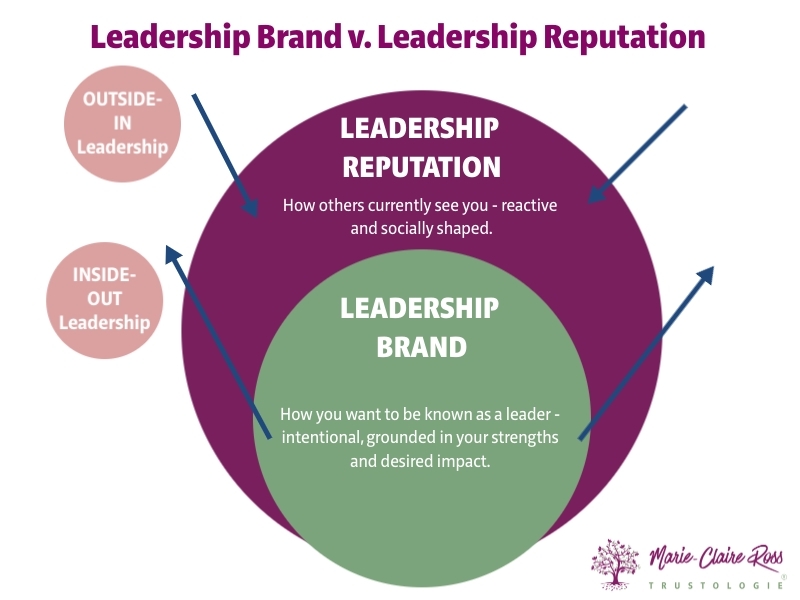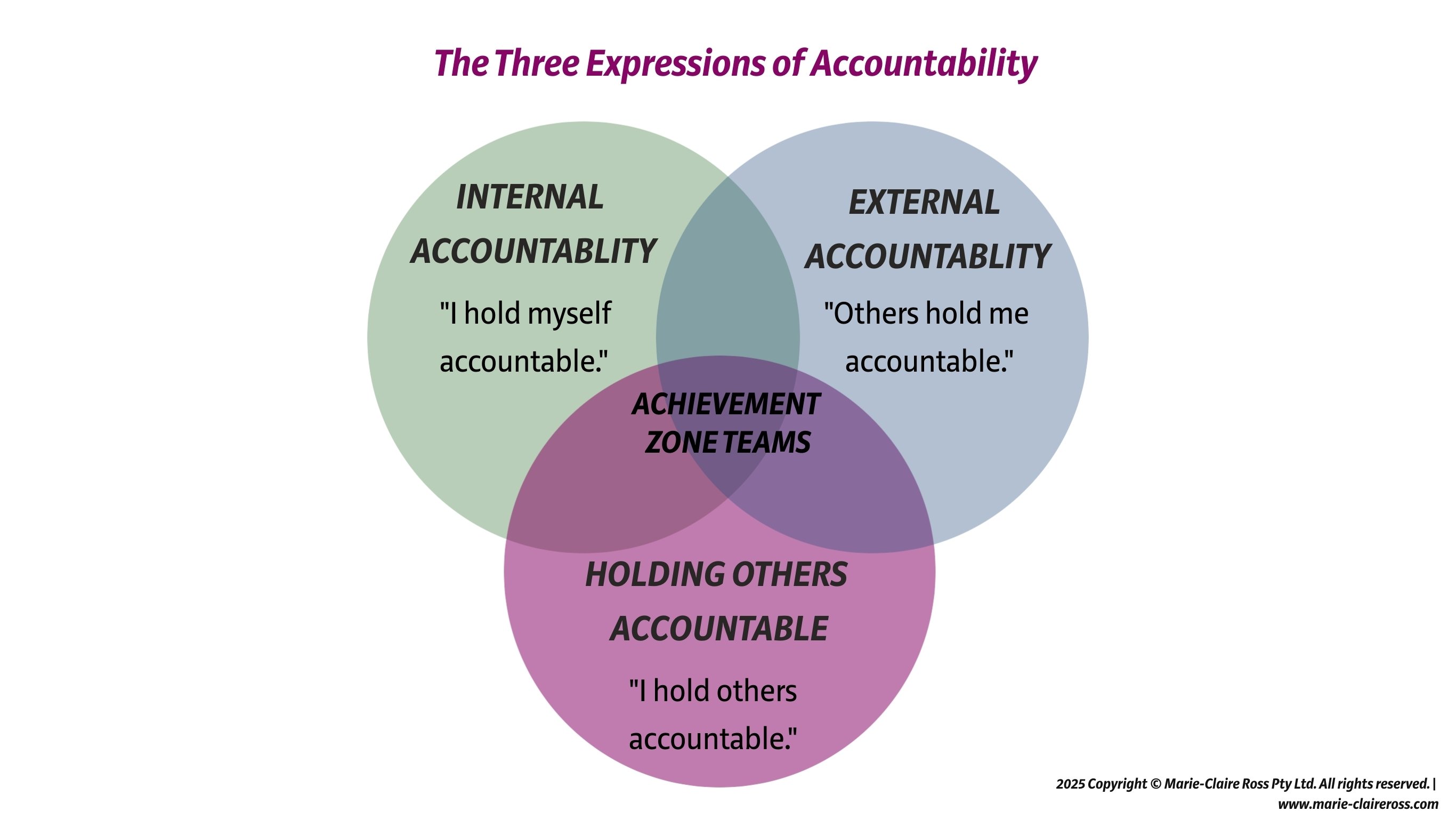
The workplace is evolving at a pace few previous generations have seen and 2026 will mark a turning point. The Future of Work is blended, not hybrid. Work is no longer defined by where it happens, but by how it happens and who or what is doing it.
Access leadership and trust building communication tips to help you improve team productivity and safety.

The workplace is evolving at a pace few previous generations have seen and 2026 will mark a turning point. The Future of Work is blended, not hybrid. Work is no longer defined by where it happens, but by how it happens and who or what is doing it.

Many leaders jump into a leadership position excited by the opportunity to help others and perform at a higher level.

What makes a good team leader isn’t just about having authority or getting tasks done - it’s about the ability to create an environment where people feel connected, trusted, and motivated to do their best work. A good leader doesn’t just manage tasks; they elevate the people around them.

As an executive coach, I have the privilege of partnering with top leaders - from those sponsored by their organisations to individuals who commission me privately.

In today's fast-paced business world, effective leadership is more crucial than ever. But even the most talented leaders or business owners can benefit from an outside perspective and targeted personal or leadership development. That's where executive coaching comes in.
A CEO once came to me with a dilemma. He had a brilliant executive, someone with all the right skills and experience, but he simply wasn't having the impact the company needed. "He's smart and hardworking," the CEO said, "but in the boardroom, he just gets lost. He says the wrong things and doesn't command the room."

In the book, the Hidden Life of Trees, Author Peter Wohlleben, talks about his professional career as a forester. It was his job to look at hundreds of trees per day to assess their suitability for the lumber mill and their market value.

|
If you think back over your career, when have you felt your most influential? When have you truly felt grounded in your own sense of power?
|

When most people hear the term leadership accountability, they often picture a manager holding others to account—calling out missed deadlines, chasing performance,...